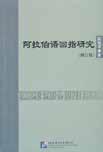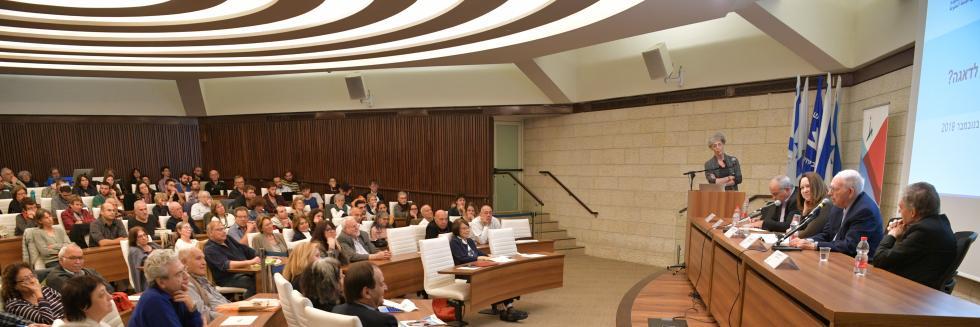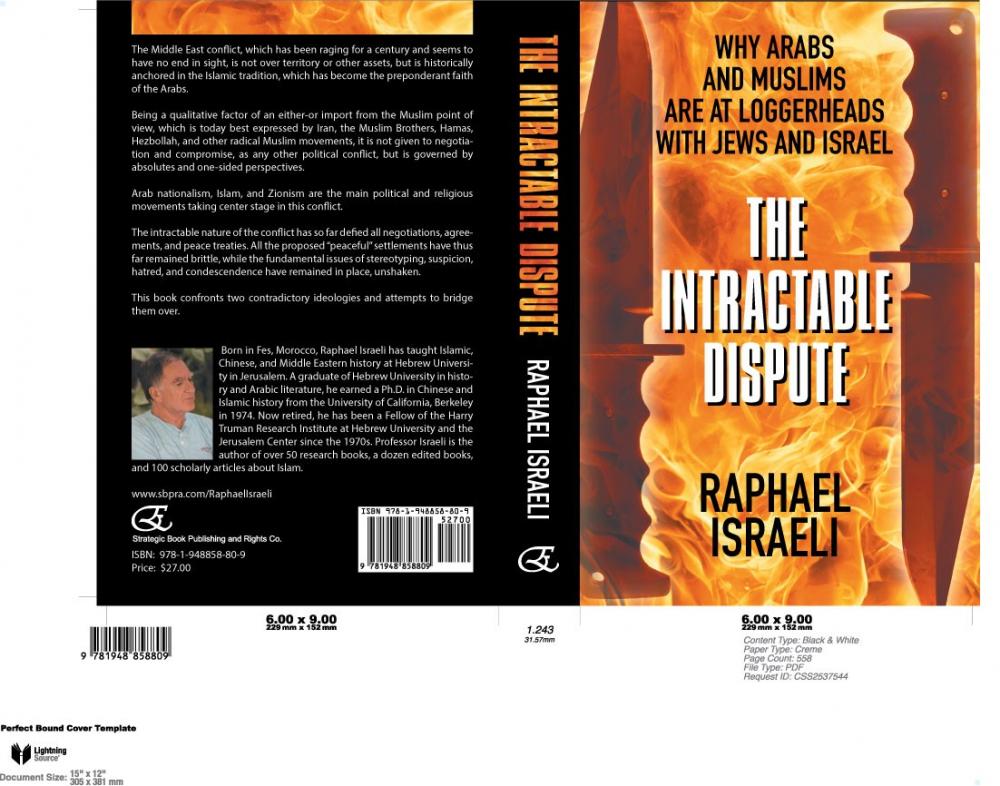
Abstract:
Anaphora is an important approach for article connection and extension, playing an indispensable role in article construction, which also applies to Arabic. This thesis, taking “anaphora in Arabic” as its research target, discusses its functions contained in text and how it is constructed.
Firstly, the book describes anaphora used in Arabic, and divide it into four types including noun anaphora, deictic anaphora, pronominal anaphora and morpheme anaphora based on expression forms of anaphora, and holds the opinion that the essential difference identifying a specific anaphora shall relate to accessibility of the respective concept. Therefore in this thesis, accessibility of concepts contained in a text is utilized as an analysis tool for analysis and conclusion of textual characteristics while different forms of anaphora appear.
It is the main idea that anaphora owns functions of textual extension and textual cohesion in text construction in Arabic. The function of textual extension, from aspect of T-R structure, refers to promotion of textual development via continuing or changing the theme of the previous minor sentence; from aspect of information structure, it refers to promotion of plot evolution via matching and combination of different new/old information. The function of textual cohesion is mainly realized by three ways including reference cohesion, conjunction cohesion and relevance cohesion. Based on what is mentioned above, the book herein discusses functional characteristics and selection principles of different anaphora forms in a text.
In this thesis, the book also pays attention to psychological process of the expressers during textual construction, and regard anaphora as a selection process, which is not only under influence of textual factors but also restricted by rhetoric ones. Expressers, during utilization process of anaphora applied to the antecedents and based on certain pragmatic intention, will select or establish corresponding forms and realize preset pragmatic purpose and rhetorical effect by way of actual meaning of the anaphora.
Lastly, with utilization of comparative study, the book has summarized the features of noun anaphora, deictic anaphora and pronominal anaphora in Arabic and Chinese texts to analyze the reasons leading to non-correspondence of the same anaphora form contained in an original text and in its translated one during translation between Chinese and Arabic, the purpose and exploration of which are oriented to the practical Arabic teaching and translation process.






